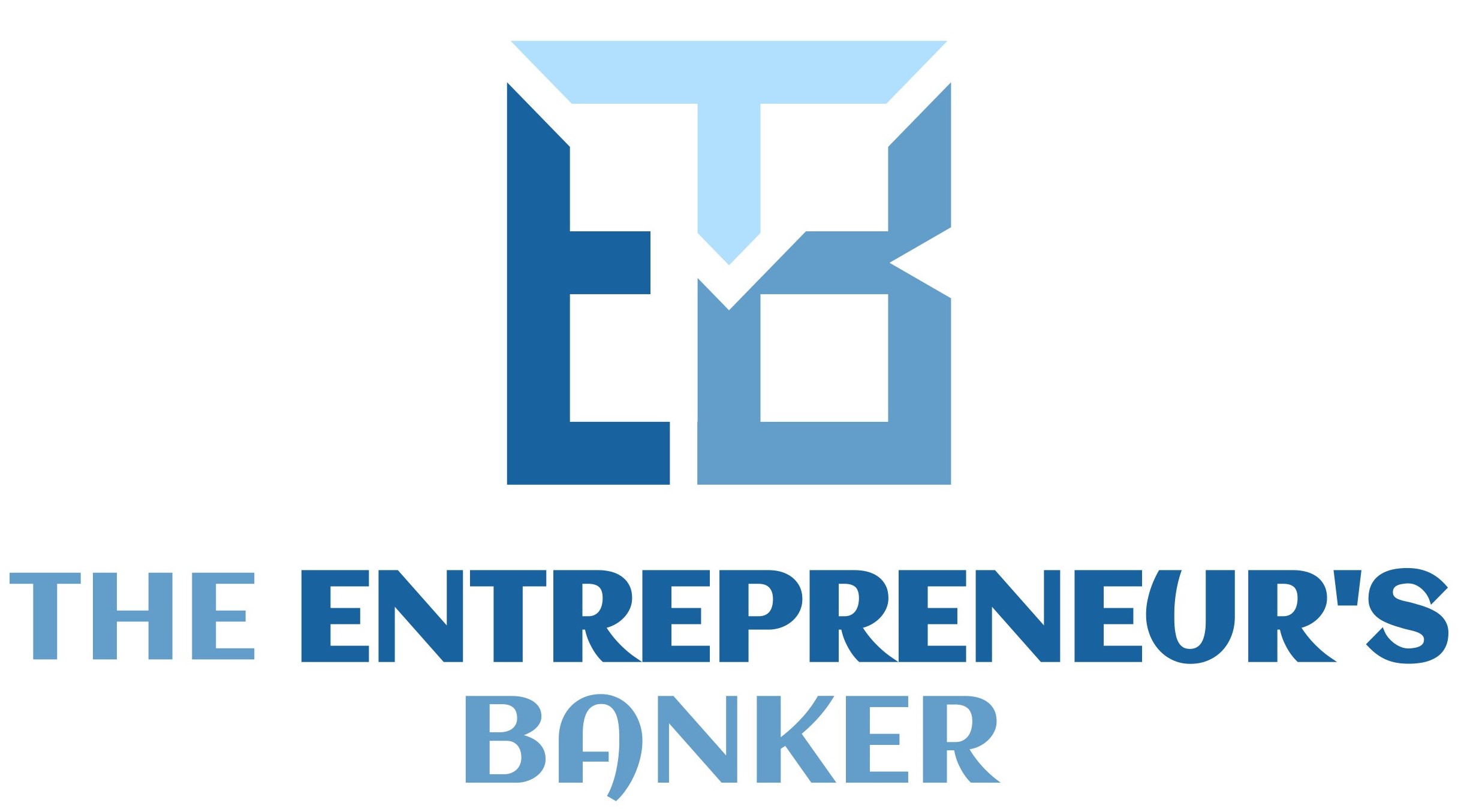This may be the easiest question you ever have to answer, right? “I want the loan that is going to cost me the least” – duh! However, unless you critically analyze your options you may be hurting yourself. Many entrepreneurs have only known record low interest rates; but over the last 3 years, rates have begun to rise, and entrepreneurs are having to more critically loan proposals.
To maximize the competitive advantage to your business; consider the following 6 criteria.
- How much equity (cash) is required
- Interest Rate: Actual Number AND Fixed vs. Variable
- Amortization
- Fixed Period (also know as “Term”)
- Payment Amount and How Often (also known as “Financial Flexibility”)
- Early Payment Ability
Let’s look at 3 separate loan proposals for the purchase of a new $1,000,000 Owner Occupied Commercial Building.
Let’s assume the following:
- On the 7-year anniversary of this loan, the entrepreneur is planning on selling their business. This building may or may not be sold as part of that transaction.
- For the next 9 years, the 5-Year Treasury Rate and the Wall Street Journal Prime Rate is going to increase 0.25% every year on the anniversary of this loan. After 9 years, the rate will remain constant.
Here are the facts for each of the options:
As you can see – there is a lot more than just selecting the lowest interest rate.
- Option 1 provides the least amount of interest risk, but it has the highest interest cost and the highest prepayment penalty.
- Option 2 provides the lowest payments (maximum financial flexibility) but it also requires an additional $100,000 up front. The interest cost is slightly behind option 1 and there is a prepayment penalty.
- Option 3 is the most creative in that you only have quarterly payments, it has the lowest interest cost and no prepayment penalty. This is off-set by the maximum payments amount (multiply the other options’ payments x 3), the most interest rate risk and the payments change every time the rate changes, which makes hardest to budget for.
To provide and “apples to apples” comparison, let’s translate all the options to a common factor. Let’s compare these options assuming the entrepreneur makes additional principal payments in options 1 and 2 – resulting in a 15-year loan.
- Option 1 now has a higher payment (only exceeded after interest rates increase over 2% – giving this option the least amount of financial flexibility), the highest interest cost and the highest prepayment penalty.
- Option 2 still requires the additional $100,000 equity at the start, but it recoups most of that investment through the lowest interest costs. Not to mention the moderate interest rate risk and the lowest payment.
- Option 3 continues to have the highest interest rate risk and IF the assumptions are correct – saves the entrepreneur only $10,000 in interest over the option 1 fixed rate. The quarterly payments do provide financial flexibility and there continues to be no prepayment penalty.
Even when comparing apples to apples, the best loan option is not clear. The fact of the matter is that the best loan option is the one that aligns with your strategic goals and provides a competitive advantage. Some examples of how you can create a competitive advantage include:
- Maximizing financial flexibility by having the lowest payments (even if it means paying more in interest)
- Minimizing (or eliminating) prepayment penalties that may shape your decisions in the future
- Matching payment dates with cash-flow events (you would not expect a farmer to make monthly principal and interest payments on his crop loans, would you?)
- Minimizing equity injection to maintain a strong liquid reserve
You should discuss your strategies and goals with an ENTREPRENEUR’S BANKER and demand to have at least 2 structure scenarios; with analysis on how they each support (or go against) your strategies and goals and taking these 6 criteria into account.
It is worth noting that this is not an all-inclusive list of characteristics when considering a loan proposal (i.e. loan fees, closing costs, guaranty structures, reporting requirements, etc.). We will continue this discussion in other articles; but wanted to challenge the way you look at loan proposals; as there is often more than meets the eye.

Greg Martin is an entrepreneur’s insider to the banking industry and passionately believes that every person was uniquely designed for a higher purpose and calling. Greg guides entrepreneurs in defining and achieving their purpose and calling. His deepest passion is living life with his wife of 17 years and their wonderful son.
Get In Touch
College Station, Texas
(910) 257-8286

